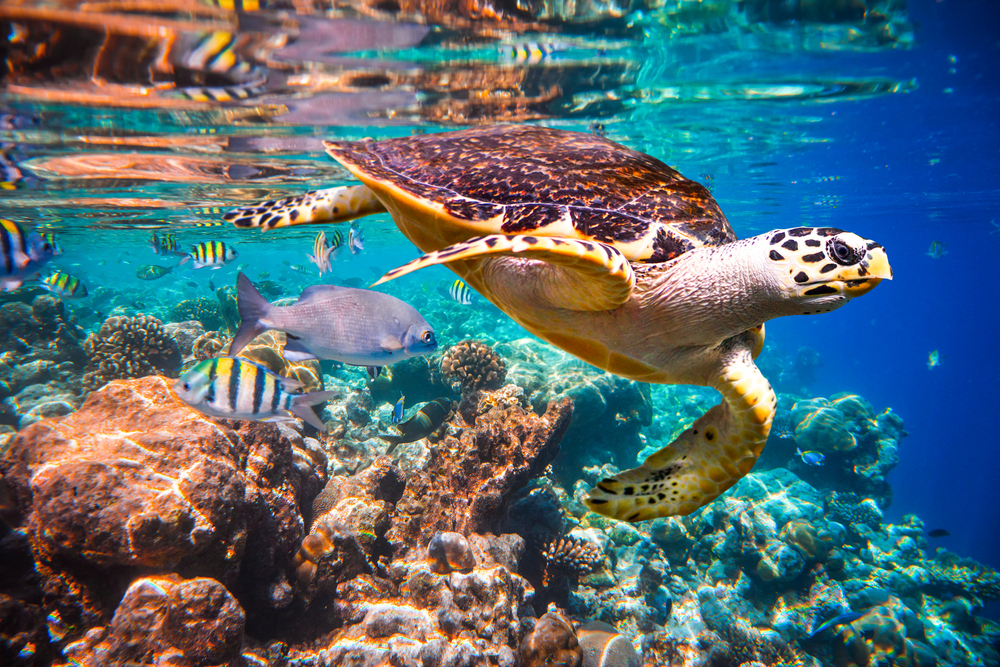Destroying the Ocean Means Destroying the Wonders it Holds as Well
It’s been said that everything that is to be seen has already been seen. But as far as our planet’s oceans are concerned, nothing could be further from the truth. Just recently, a veteran underwater videographer saw a 26-foot-long pyrosome — a colony of tiny sea animals who link together into a free-floating mass. As if that weren’t fascinating enough, this undulating “ocean worm” has a bioluminescent glow. The awestruck diver put it this way: “Even the most articulate person in the world couldn’t describe that creature that we filmed.”
The ocean covers 71 percent of the Earth’s surface, and although it’s likely impossible we could ever get a count that’s close to accurate, we know that more than a million species call it home. While scientists have calculated the square miles that it covers and the trillions of gallons of water that it holds, the numbers are too big for us to comprehend. Yet despite its almost unfathomable size, humans are damaging its vast ecosystems in far-reaching ways.
Overfishing is decimating species. The Census of Marine Life, a decade-long international survey of ocean life completed in 2010, estimated that 90 percent of the big fish had disappeared from the world’s oceans. In some northern seas, bluefin tuna and halibut are all but gone.
More than half the world’s oceans are being fished industrially, and the UN’s Food and Agriculture Organization says that one-third of commercial fish stocks are being caught at levels that are unsustainable.
The massive, weighted nets that are dragged along the seabed for miles in a practice known as “bottom-trawling” pick up anything and anyone in their path. Nontarget animals, referred to as “bycatch,” can make up as much as 90 percent of what is hauled in.
Even 50 years ago, no one could have imagined that we’d be struggling to figure out how to “fix” five plastic-garbage patches in the ocean that continue to accumulate more junk daily. The largest, aptly dubbed the “Great Pacific Garbage Patch,” covers an estimated surface area of 1.6 million square kilometers. As these mountains of plastic break down, animals confuse the microparticles for food. As a result, they can actually die of starvation even though they’re eating.
Coral reefs support huge numbers of marine animals, including thousands of fish and other species. In fact, some scientists believe that there may be millions of undiscovered species of organisms living in and around them. Yet, coral reefs around the world are in serious jeopardy. Well-known coral forests, like Australia’s Great Barrier Reef and those in the Philippines, are under siege. The Great Barrier Reef, home to hundreds of species, may be completely gone by 2050.
Scientists estimate that 95 percent of the ocean remains unexplored. Ninety-five percent! Yet humans seem hell-bent on destroying it and all its inhabitants. In addition to all the fascinating sea life we already know about, what other marvels share our planet and how many will be gone — without us ever knowing they existed — because of our destructive ways?

